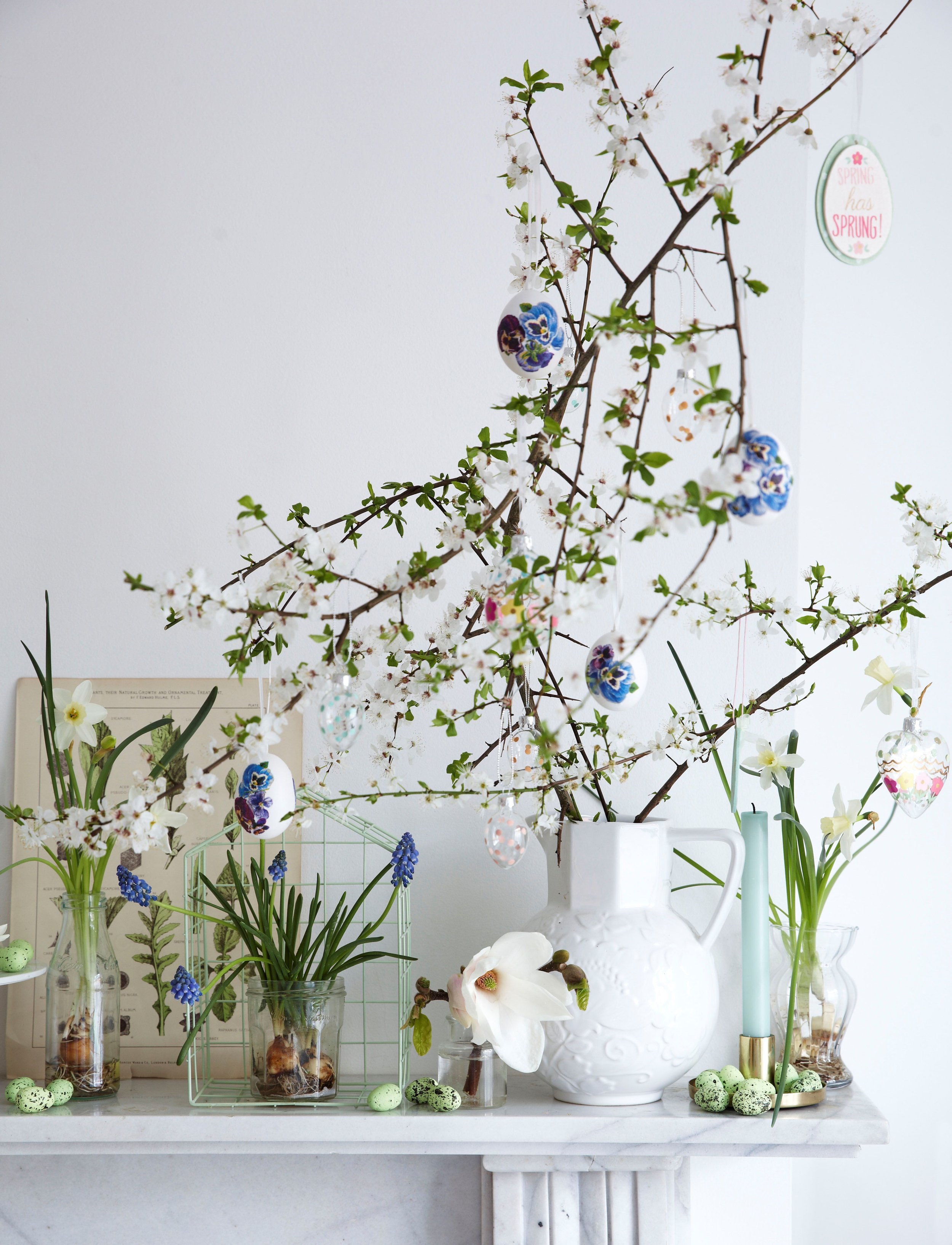The Japanese art of folding paper into shapes and figures is a rather pleasant and mindful way to spend an afternoon. Here’s how to get started.
Before you begin, it’s a good idea to learn a few of the basic folds. Once you have these under your belt there’s actually quite a lot you can do, so it’s satisfyingly quick to get to the stage where you can make small paper shapes. Buy yourself a cheap pack of origami paper (it just needs to be square, basically) and start with some folds. Engaging in such activities not only sparks creativity but also opens up opportunities for craft work at home, allowing you to turn a simple hobby into a productive and enjoyable way to spend your time
Mountain folds
Nearly all origami folds are either mountain folds or valley folds (see below). A mountain fold is any fold where the crease is pointing up and the paper is bending downwards - like a mountain. Take a square or paper, fold it in half any way you like and then place the paper, mountain style, with the two edges on the table and the pointy bit at the top.
Valley folds
These are simply the opposite of a mountain fold. The edges of the paper are pointing upwards and the crease is at the bottom on the table, resembling a valley. It’s the same as a mountain fold, just upside down. You can see some examples of valley folds in the top line of the folds diagram above.
Squash folds
This gives 3D shape to a piece of origami. You slightly prise open a fold, crease it in the opposite direction, and then flatten it again.
Reverse folds
You can have inside reverse folds or outside reverse folds; they just go different ways. They’re most famously used to make origami cranes* but are also regularly used to make heads and tails for lots of animals. In an inside reverse fold, a small fold is made on an already folded piece of paper and then unfolded before being pushed inside out into the main fold. With an outside reverse fold, the small fold sticks outwards of the paper rather than inside. You can see an inside reverse fold in the bottom row of the diagrams above.
* Cranes are a classic origami make. Japanese folklore says that if you fold a thousand cranes, the Gods will bring you good fortune.
To see diagrams and step-by-step instructions for all these folds, visit http://www.origami-instructions.com/, which also has instructions for lots of other folds and basic origami patterns. In our March issue we learned to fold origami blossom from the book Blossom Origami by Clover Robin (Nosy Crow). Find the instructions on page 42.
Buy this month's The Simple Things - buy, download or subscribe





